Underlayment for 3/4" hardwood
Chad Bertke
4 years ago
Featured Answer
Sort by:Oldest
Comments (18)
Shola Akins
4 years agoRelated Discussions
3/4" hardwood floor...what to use as underlay??
Comments (5)If by noise from creaking boards. Only a well secured floor will stop that. Until it ages but then its fair game. Cork wont stop that. It will dampen noise from walking or rolling things across the floor. Wont eliminate it. One thing to consider is if it is a nail down product (the floor) then you need to think about the length of staple or cleat to use. A standard 2" cleat wont secure the floor well enough through cork. That extra height the cork has takes away from the amount of bite the cleat will have on the subfloor. Not a huge issue in terms of price but its an easy oversight that some may not think of....See More3/4' hard wood floors on plywood subfllor with OSB underlayment?
Comments (12)Every time I run into PB it comes out and is replaced with 5/8 BC grade plywood underlayment. The 1/2" plywood underneath is a CDX grade with no T&G so that is no good for anything without an underlayment over it. Particle board underlayment is fine underneath carpet because it can breath. It has no holding power for staples or cleats, neither does the CDX sheathing grade plywood subfloor. I've seen many floors installed over PB that are very loose and gapped. That said, I have seen a couple that looked fine. Also once PB gets covered over with felt and a wood floor it can't breathe anymore and it can start to do funny things.... well, not funny :), but nothing it may want to do is good. You would have no mfg. warranties either....See MoreCan I float 3/8" engineered hardwood over solid hardwood?
Comments (1)Go for it. I would throw down some 3mm or 6mm cork underlay down (it floats just like the hardwood) and then float the hardwood. Use a high-quality joint glue on the hardwood and you should be fine. Besides...if it gives up the ghost in 10 years, would you be upset?...See MoreReplace 3/4” hardwood/carpet with 5/8” engineered hardwood
Comments (8)Thanks. My biggest concern is the kitchen cabinets. The floor would be 1/8” shorter so I’m worried about 1/8” exposure that was never there before at the bottom of my cabinets. That may look terrible considering I just restained them and they sit on tile. Or, is there a way that installers can raise the edges 1/8” in those places (where the floor meets the cabinets)? I honestly have no idea how this would work and the installer wasn’t too clear with me. Two of them said it would work though. One was via email (not too responsive so it’s hard to get a straight answer) and the other didn’t have an answer I understood....See MoreSJ McCarthy
4 years agoworthy
4 years agolast modified: 4 years agoUser
4 years agolast modified: 4 years agoChad Bertke
4 years agoUser
4 years agolast modified: 4 years agoSeabornman
4 years agoSJ McCarthy
4 years agoChad Bertke
4 years agoSJ McCarthy
4 years agoChad Bertke
4 years agoworthy
4 years agolast modified: 4 years agoG & S Floor Service
4 years agoS F
3 years agoSJ McCarthy
3 years agoS F
3 years agoSJ McCarthy
3 years ago
Related Stories
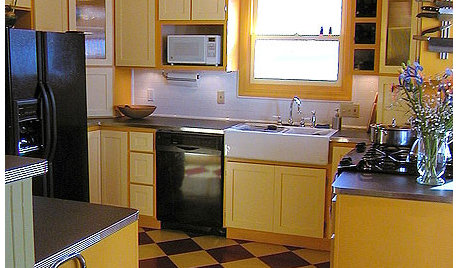
KITCHEN DESIGNKitchen Remodel Costs: 3 Budgets, 3 Kitchens
What you can expect from a kitchen remodel with a budget from $20,000 to $100,000
Full Story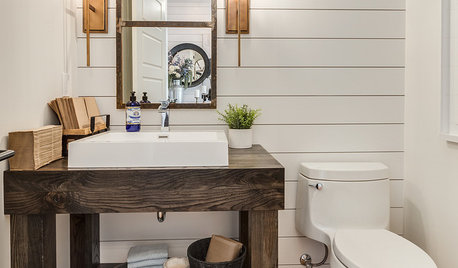
SMALL SPACESNew This Week: 3 Powder Rooms, 3 Winning Styles
Traditional, contemporary and modern farmhouse looks transform these small spaces
Full Story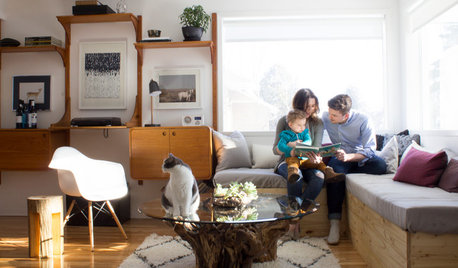
HOUZZ TOURSMy Houzz: From Dated to Dreamy in 3 Weeks
The results belie the speedy makeover of this 1940s Quebec home — which not even a colony of ants could derail
Full Story
HOUSEKEEPINGHow to Clean Hardwood Floors
Gleaming wood floors are a thing of beauty. Find out how to keep them that way
Full Story
MATERIALSWhat to Ask Before Choosing a Hardwood Floor
We give you the details on cost, installation, wood varieties and more to help you pick the right hardwood flooring
Full Story
REMODELING GUIDESTransition Time: How to Connect Tile and Hardwood Floors
Plan ahead to prevent unsightly or unsafe transitions between floor surfaces. Here's what you need to know
Full Story
GREEN BUILDINGConsidering Concrete Floors? 3 Green-Minded Questions to Ask
Learn what’s in your concrete and about sustainability to make a healthy choice for your home and the earth
Full Story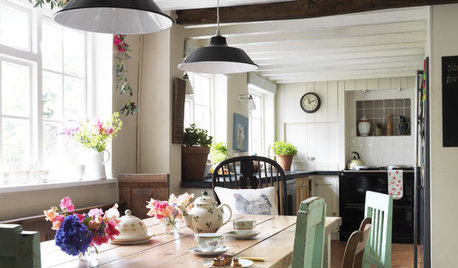
MOST POPULAR4 Obstacles to Decluttering — and How to Beat Them
Letting go can be hard, but it puts you more in control of your home's stuff and style. See if any of these notions are holding you back
Full Story
DESIGN DETAILSDesign Workshop: The Modern Wall Base, 4 Ways
Do you really need baseboards? Contemporary design provides minimalist alternatives to the common intersection of floor and wall
Full Story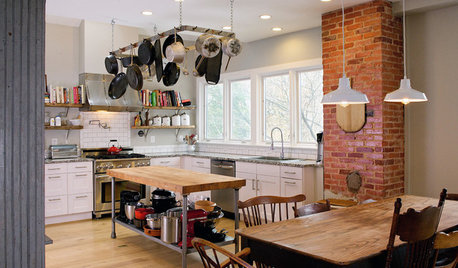
KITCHEN DESIGNNew This Week: 4 Kitchens That Embrace Openness and Raw Materials
Exposed shelves, open floor plans and simple materials make these kitchens light and airy
Full StorySponsored
Custom Craftsmanship & Construction Solutions in Franklin County






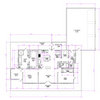

Mark Bischak, Architect